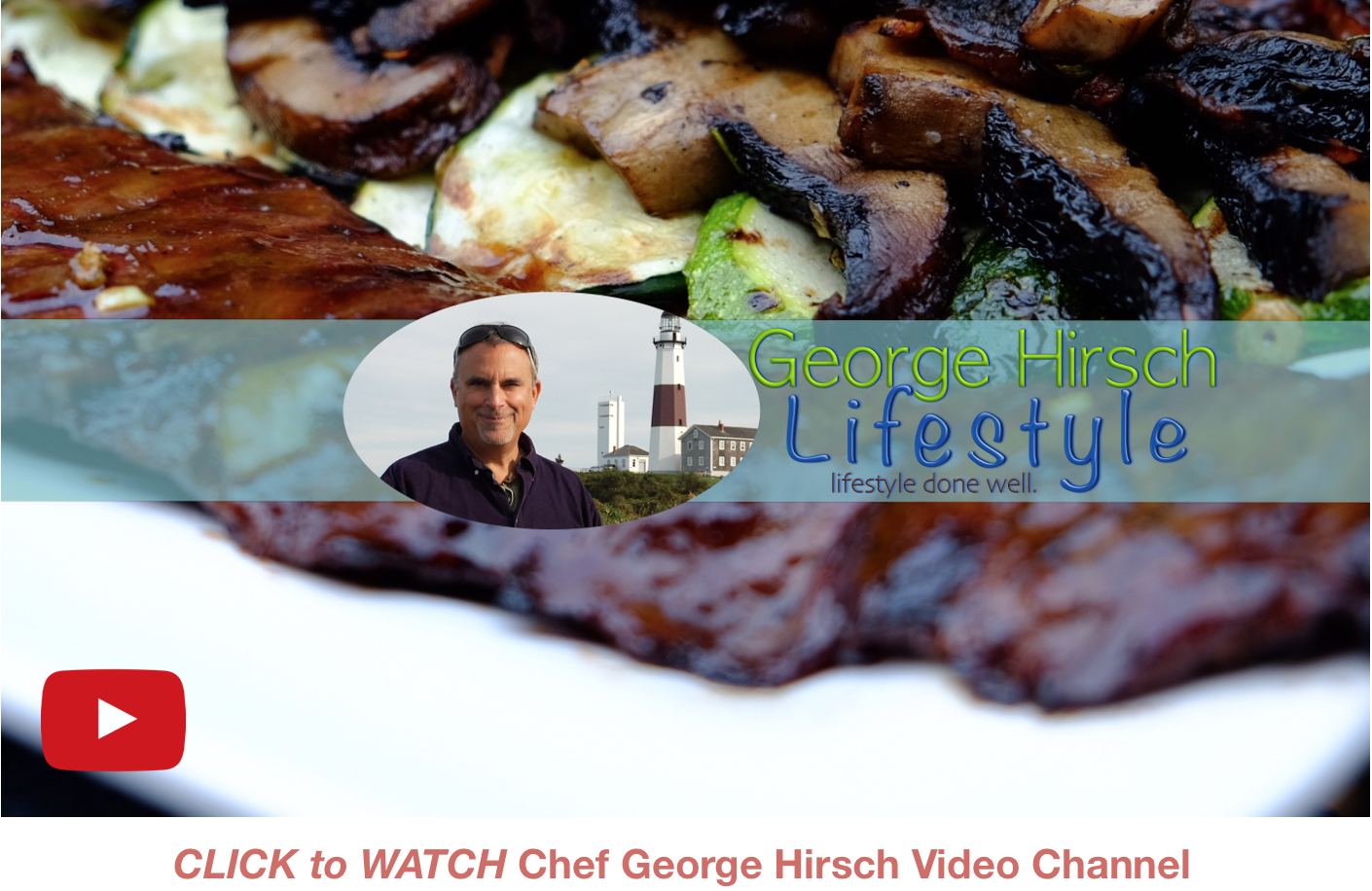When temperatures reach north of 90 degrees, I find it's time to chill down supper food selections and prepare cold plates, just like I ate as a child. My Mom, a delicious cook, consummate organizer, and doer, would cook first thing in the morning before temperatures became too hot in the kitchen. It makes sense and is still how food is prepared in many European cultures today. Besides having to cool things off in the kitchen, it was also the custom at home with non-meat Fridays, enjoying cold fish suppers. On those Fridays, my mom would cook up grilled or poached fish such as tuna or cod, boiled potatoes, garden green beans, vine-ripe tomatoes, boiled eggs, and sliced onion. The highlight for me on chilled supper night was the cold sauce made with garlic and mayonnaise. Later I learned, in my early culinary days, that sauce was called an aïoli, a simple yet traditional emulsified sauce with garlic, olive oil, and egg yolk.
A perfect summertime condiment and goes well with roasted chicken if fish is not on the menu.
With so many ways to prepare aïoli, the consistent ingredient that holds across all ethnic regions is garlic. The Occitan valleys of Italy serve aioli with boiled potatoes. In Cataluña and most of the Spanish Mediterranean coast, allioli is purely a garlic mayonnaise. France's Le Grand Aïoli dedicates a complete dish consisting of various boiled vegetables such as carrots, beets, cauliflower, green beans, yellow flesh potatoes, and boiled fish, such as salted cod with boiled eggs and the aioli sauce. The version from Provence adds Dijon mustard to the sauce, as I prefer, which in addition to flavor, also helps in the emulsification of the oil to be suspended by the liquid of the sauce.
Aïoli is ideal to serve as a sauce for foods like the above, but it's also excellent as a spread on toasted French bread or pommes frites. Some may find that the raw garlic can leave too strong a taste. That is true, especially with summer garlic which has more of a bitter bite and has just recently been harvested. No need to avoid this tasty sauce or feel you'll need a shot of mouthwash; there is a tastier solution. I use my long-time recipe for caramelized garlic to soften and sweeten the punch on my aïoli in place of raw garlic.
To Yolk or Not to Yolk?
There is, of course, the food safety issue to point out regarding making aïoli from scratch because of using uncooked raw egg yolks. Always ensure the eggs are fresh and best obtained from someone you know! One of my recipes uses prepared mayonnaise and covers any concerns about food safety. Today, there is even mayonnaise made with olive oil, which I prefer. The choice is yours, go traditional with making a classic Provence style aïoli or make it semi-authentic with a prepared mayo; the choice is yours. Either way, you'll be shouting bring on the Le Grand Aïoli!
The technique of making an aïoli is to create an emulsion with the egg yolks, supporting the liquid from the olive oil. Do not over-pulse or mix the yolks and oil. Do not add the oil too slowly or too fast. This technique may require some trial and error. If done correctly, you will have a thick mayonnaise-like sauce; if the sauce is broken, the oil will have separated from the yolks and look more like a vinaigrette.
Classic Aïoli
Makes 1 1/2 cups
chefgeorgehirsch.com | George Hirsch Lifestyle
*8 large garlic cloves, peeled and roughly chopped
Coarse sea salt
1 Tablespoon Dijon Mustard
3 large egg yolks at room temperature
1 1/2 cups extra-virgin olive oil
Juice of 1/2 fresh lemon
A couple of drops of water
Fresh ground black pepper
Always use caution with raw eggs. And this sauce must be kept chilled after it is prepared.
In a food processor or preferably a mortar, pound the garlic cloves with a pinch of sea salt and Dijon mustard until thick paste forms. Add in the egg yolks and olive oil, a few drops at a time, with a fork or whisk. Add the olive oil in a steady stream as the aïoli thickens. Stop and add a few drops of lemon juice, and gradually add the remaining olive oil and a few drops of water if the sauce becomes too thick. When all of the oil has been incorporated, season the aïoli with additional lemon juice, sea salt, and pepper to taste.
Serve chilled. The aïolii can be tightly covered and refrigerated overnight.
* A classic aïoli is made with raw garlic, but again I prefer caramelized garlic to raw garlic, which offers a much sweeter and nuttier taste.
**********************************************************
Garlic Aïoli with Crostini
Makes about 1 1/2 cups
chefgeorgehirsch.com | George Hirsch Lifestyle
An intensely flavored garlic mayonnaise from the Provence region of southern France. Traditionally the mayonnaise is made from scratch with egg yolks. I prefer this version, as it is safer and faster to make.
Crostini, meaning “little toasts” in Italian, are small, thin slices of toasted bread, which are usually brushed with olive oil-excellent spread with Aioli.
3/4 cup mayonnaise
1 Tablespoon Dijon mustard
1/4 cup olive oil
Juice of 1/2 lemon
1/4 cup basil
To Make Crostini:
1 loaf baguette or French bread
Olive oil for brushing toast.
Puree the garlic in the bottom of a small bowl. Add mustard and mayonnaise and stir in olive oil. Add lemon juice and basil. Cover and refrigerate for at least one hour.
Slice Italian bread into small pieces, toast, and brush toast with olive oil. Spread a generous amount of aïoli on toasts.
Serve aïoli and crostini with your favorite vegetables and seafood.










